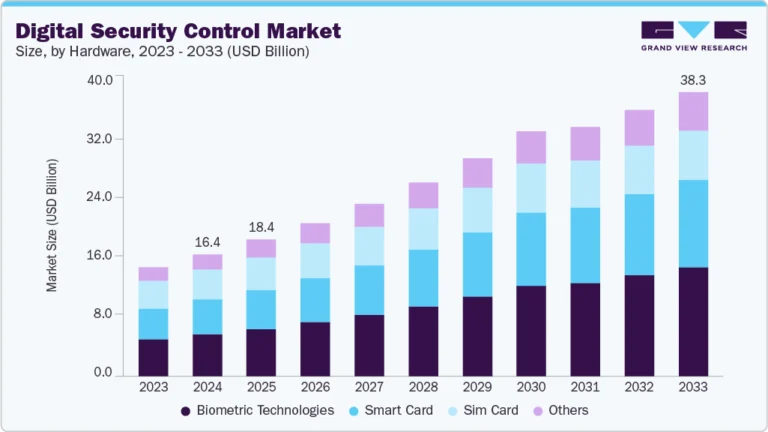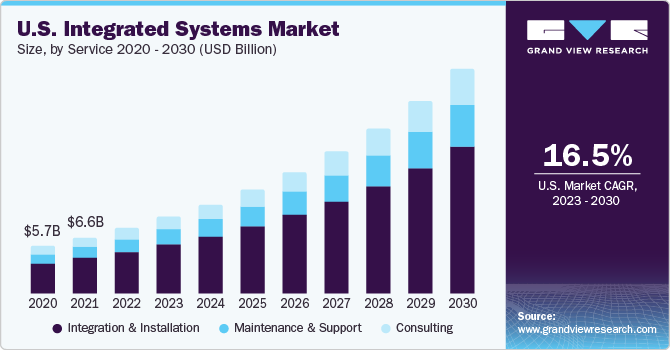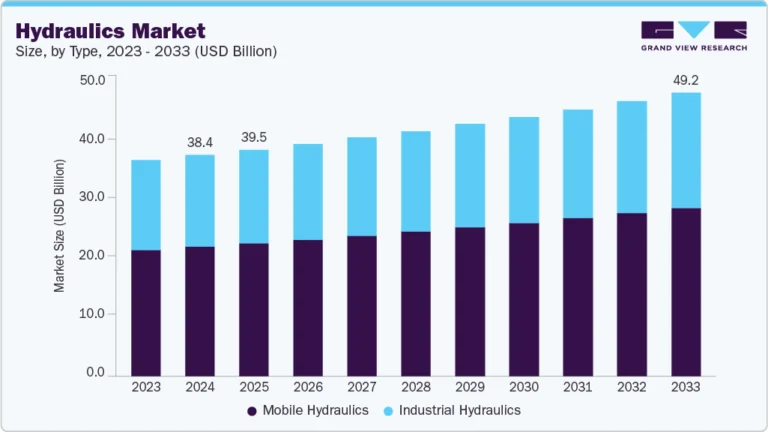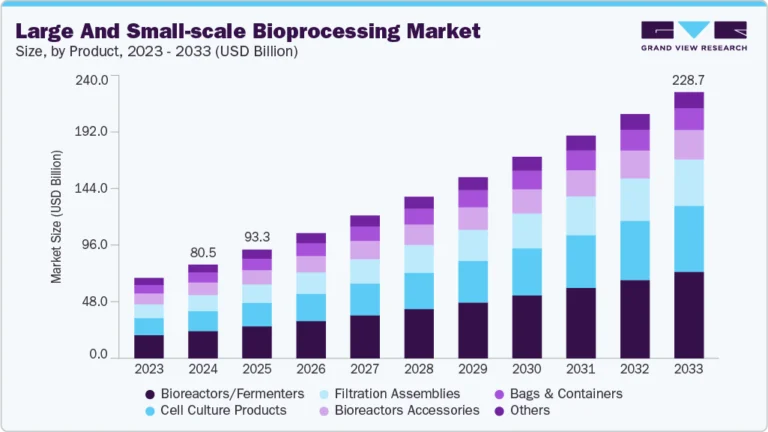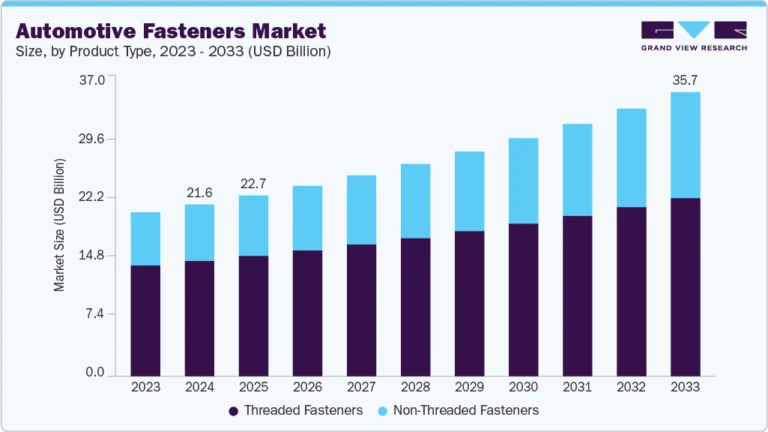Middle East Intelligent Transportation Systems Market Size, Share & Trends Analysis growing at a CAGR of 9.1% from 2024 to 2030
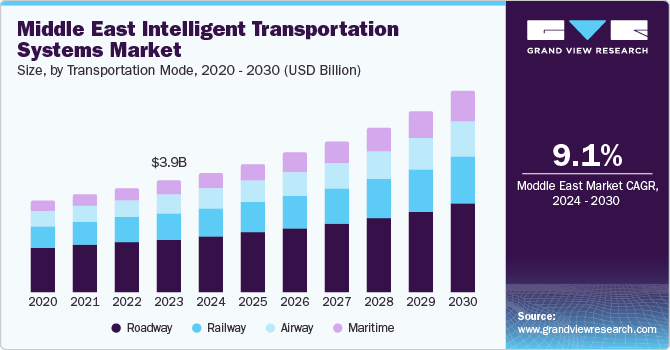
The Middle East intelligent transportation systems market size was valued at USD 3.93 billion in 2023 and is projected to grow at a CAGR of 9.1% from 2024 to 2030. This growth can be credited to the increasing adoption of smart city initiatives across the region. Governments in countries such as the United Arab Emirates, Saudi Arabia, and South Africa have heavily invested in smart infrastructure to enhance urban living standards, improve public services, and optimize resource management. These initiatives have created a significant demand for intelligent systems, including smart grids, intelligent transportation systems (ITS), and advanced surveillance technologies.
Request a free sample copy or view report summary: https://www.grandviewresearch.com/industry-analysis/middle-east-intelligent-transportation-systems-its-market/request/rs1
Another crucial market driver is the rising need for efficient traffic management solutions. With urbanization and the growing number of vehicles on the roads, traffic congestion has become a major issue in several MEA cities. Intelligent transportation systems (ITS) have been increasingly deployed to address this challenge by providing real-time traffic information, optimizing traffic flow, and enhancing road safety. The integration of technologies such as artificial intelligence (AI), machine learning, and the Internet of Things (IoT) in ITS has further boosted their effectiveness and adoption.
Additionally, the increasing environmental concerns to reduce greenhouse gas emissions and the resulting climate change have been major contributing factors in the market growth. Governments across the MEA region have led to the implementation of ITS for smoother traffic flow through the use of public transport. In addition, the growth of tourism in countries including the UAE and Saudi Arabia has created a demand for efficient and modern transportation systems to enhance visitor experiences and manage increased traffic volumes.
Transportation Mode Insights
Roadways dominated the market and accounted for 47.1% share in 2023 owing to the increasing urbanization and the subsequent need for efficient traffic management solutions. With cities expanding rapidly, the demand for ITS that can manage traffic flow, reduce congestion, and enhance road safety has been on the rise. Technologies such as artificial intelligence (AI), the Internet of Things (IoT), and big data analytics have been increasingly integrated into traffic management systems to provide real-time traffic information and optimize traffic signals. In addition, the adoption of advanced public transportation systems, including smart buses and metro systems, is aimed at improving the efficiency and reliability of public transit. Moreover, extreme weather conditions across the MEA region have required the use of ITS technology. These systems use real-time data to optimize routes, manage schedules, and provide passengers with accurate arrival times, warning signs, sandstorms, and extreme heat climate, enhancing the overall user experience.
The maritime segment is expected to register the fastest CAGR during the forecast period due to the increasing maritime trade volume and the need for efficient port management systems. With the MEA region being a critical hub for global shipping routes, there is a growing demand for ITS that can enhance port operations, streamline cargo handling, and improve overall logistical efficiency. Moreover, the rise in maritime piracy and the need to protect critical maritime infrastructure has led to the adoption of advanced surveillance and monitoring systems. Intelligent systems equipped with radar, sonar, and satellite communication technologies have been deployed to monitor maritime activities, detect potential threats, and ensure the safety of vessels and cargo.

